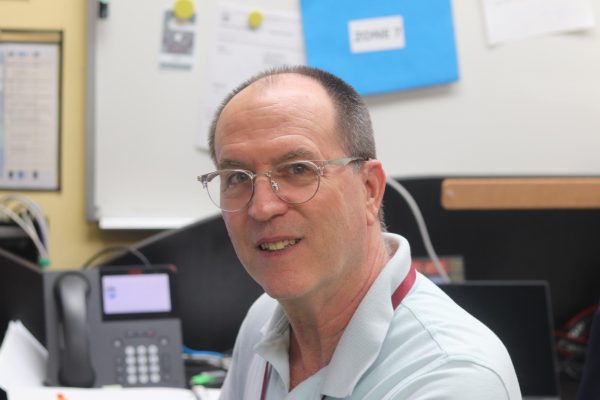MSD students follow global trend of rising caffeine intake
In a survey of 423 MSD students, 51% of MSD students consume coffee as one of their main sources of caffeine.
February 13, 2023
Caffeine is a heavily consumed substance that is easily accessible. It can be found in popular beverages like coffee, but is naturally occurring in more than 60 plants such as tea leaves, cacao pods and kola nuts which are found in soft drinks and sodas. Synthesized caffeine has also been fabricated to be an energy additive to many common goods like medicines, gums and foods.
The rise in caffeine consumption can be directly influenced by a constant change in social trends. The popularity of lattes, cappuccinos, frappes and shops like Starbucks and Dunkin’ Donuts all have led to increased caffeine consumption in a multitude of forms.
I consume, on average, one caffeinated beverage per day, whether it is an energy drink or an iced coffee. I have experienced a multitude of symptoms–some positive and some negative.
— junior Maya Gordon
I don’t have caffeine that often, but when I do, it’s in coffee. I experience jitteriness, sometimes a stomach ache and have a sudden rush of energy to immediately do something.
— sophomore Amanda Pugatch
I think some [teachers] need to be more cautious about who they let consume coffee, because there are definitely some students who should not be consuming coffee during school hours.
— debate teacher Jacob Abraham
This story was originally published in the February 2023 Eagle Eye print edition.

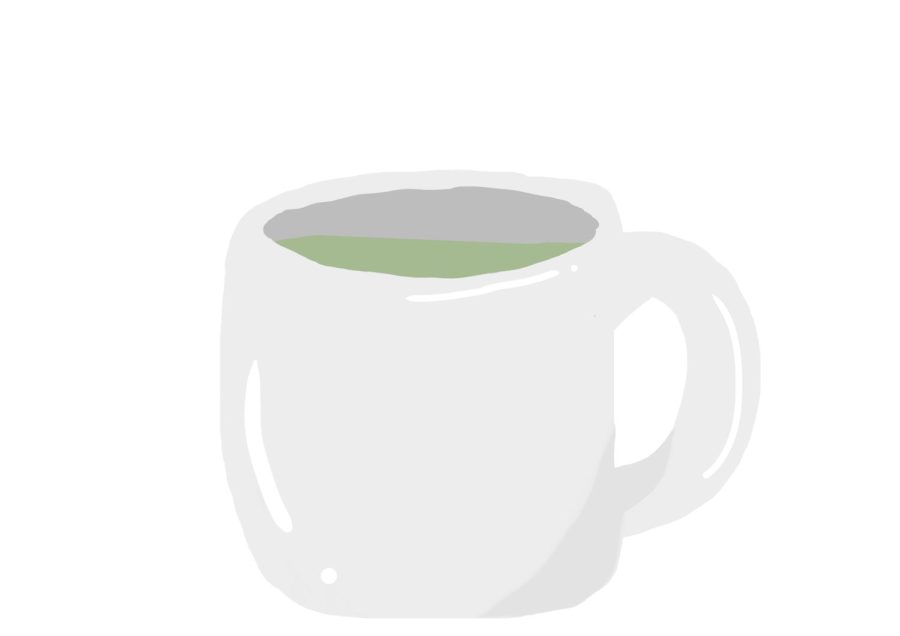
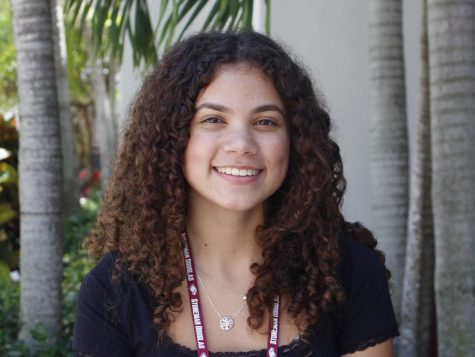



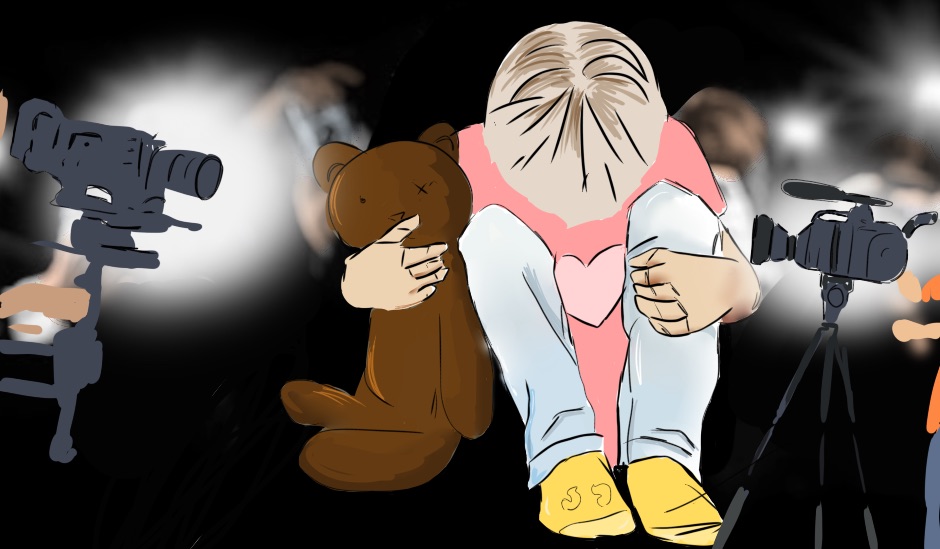
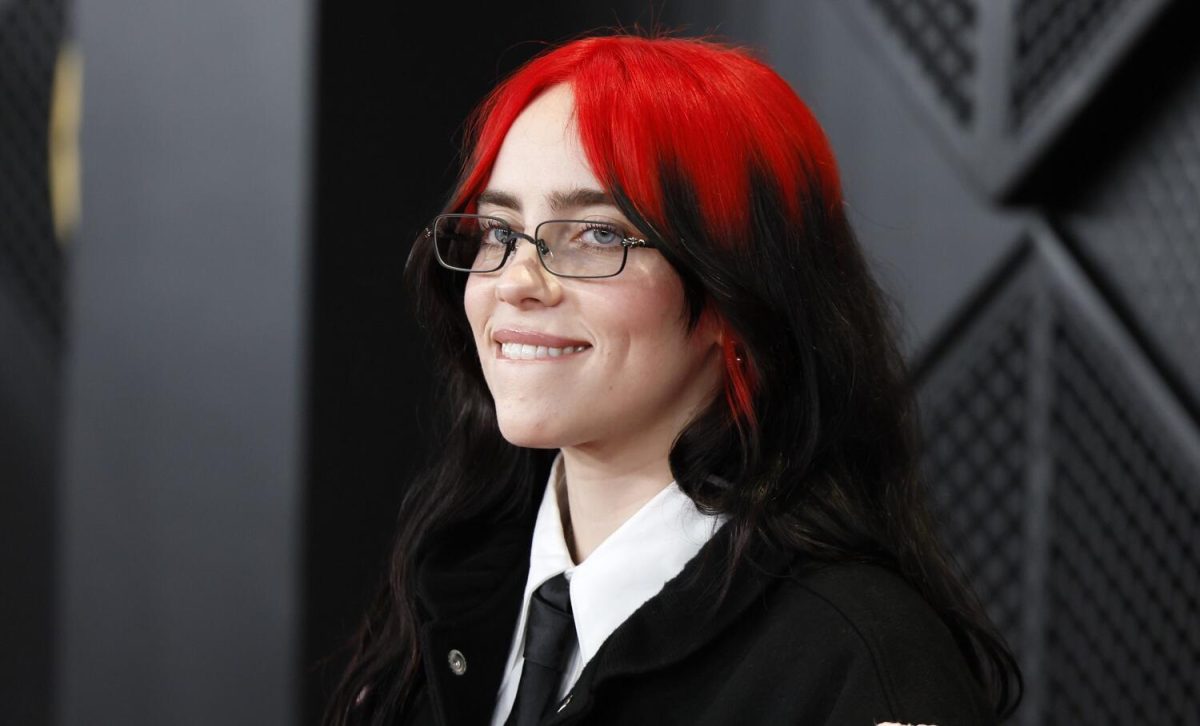
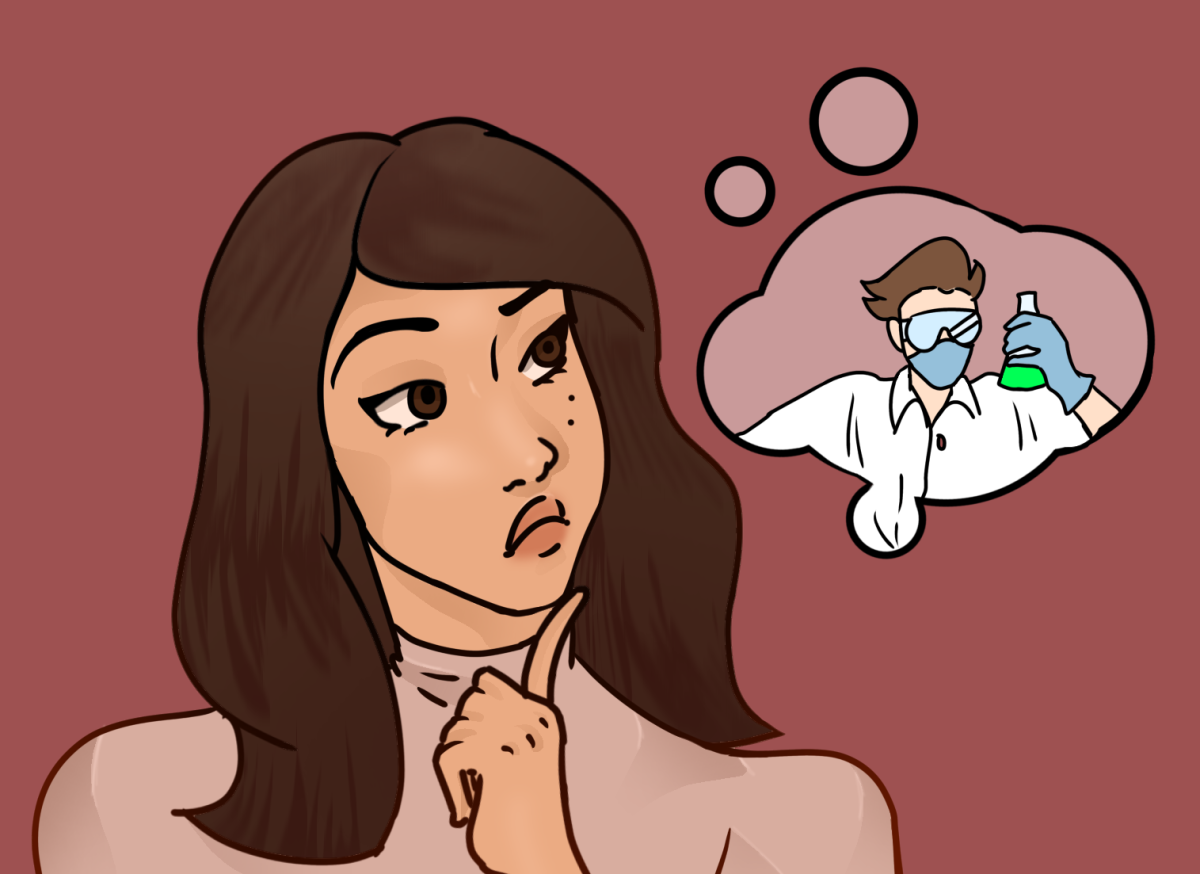

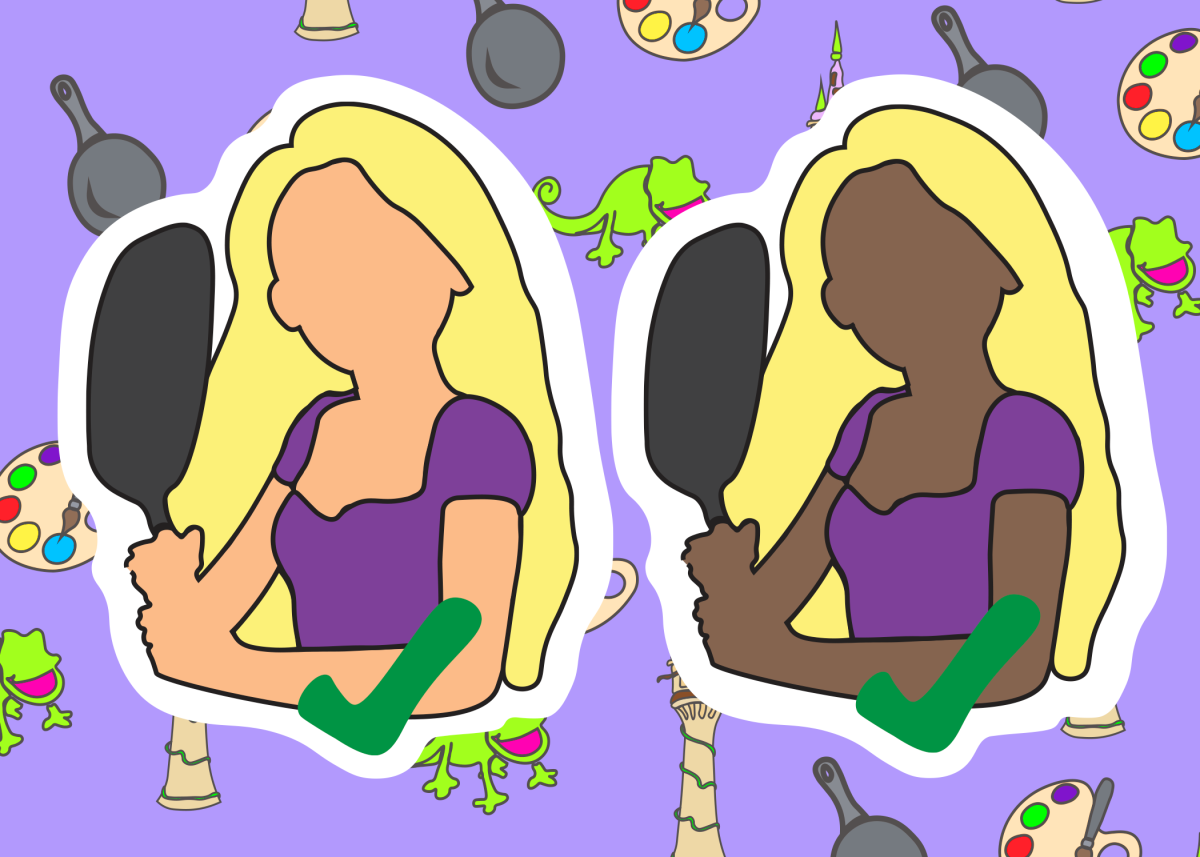




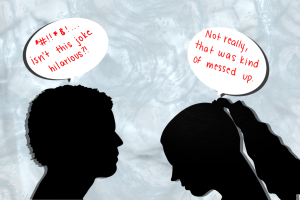
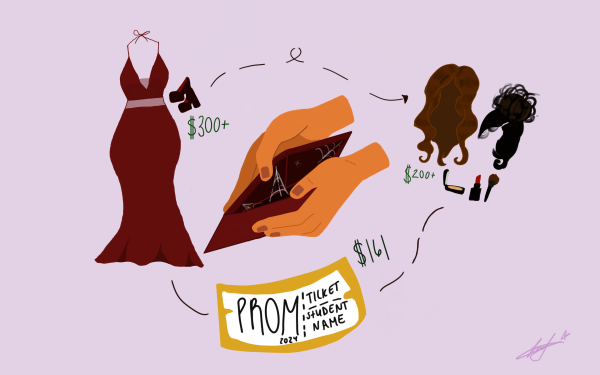




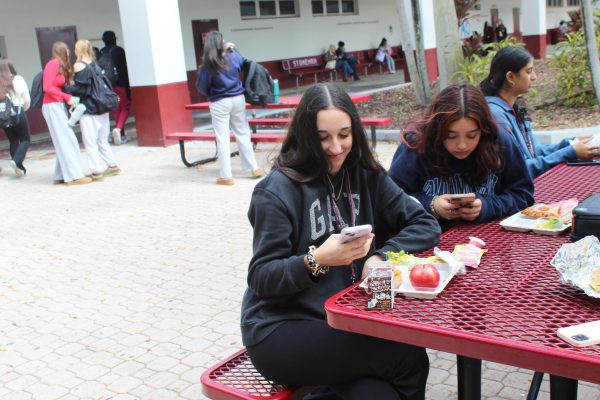
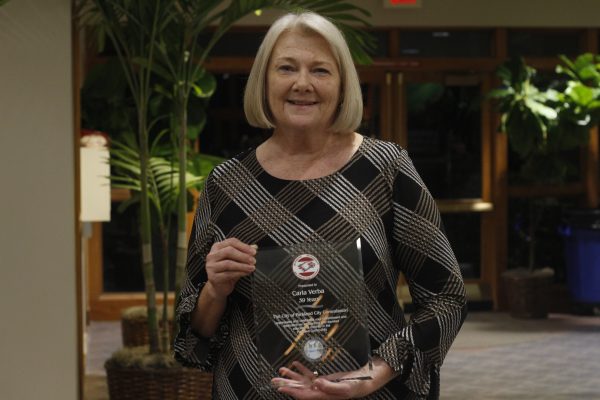

![(left to right) Seniors Stephanie Bilsky and Gracyn Haynes sport the DECA symbol, a triangle, at their first career fair, hosted on Dec. 6, 2023. The career fair had 12 business for students to explore and ask questions about. What we wanted to do is just take what weve learned [in DECA] and expand it to those students who arent enrolled in this class and dont have access and then just kind of take it to the community and allow students to discover their future as well, Haynes said.](https://eagleeye.news/wp-content/uploads/2024/01/9n9MEiC72JCfrptYKrZhoKhKscuboBiEju33GYeA-600x400.jpg)
